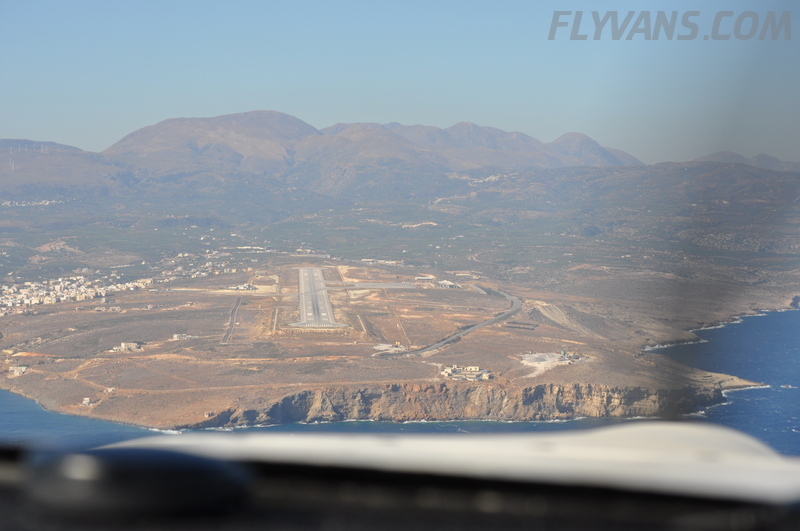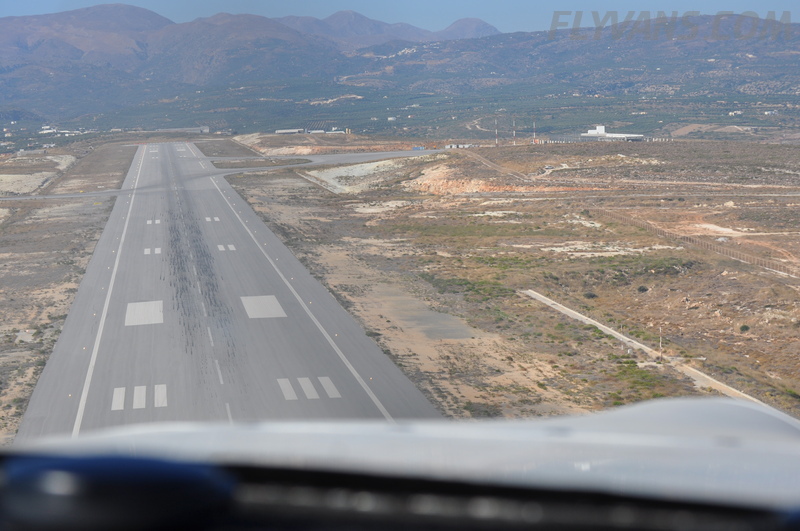A little resurrection of this thread just to tell my story from today and bits from earlier in the week. I'm convinced
I was the cause for the rotten east coast weather for the past week. It's because I selected this week for vacation.

We planned to go to Acadia (Bar Harbor) but the weather nixed that. We reviewed and decided to go the New Orleans (fun!). 7 IFR flights, 5 approaches and combined 2.5 hrs of IMC (some of it really crappy) in the last few days and I'm pooped! (kudo's to the airline guys for doing this daily).
In regards to crosswind component, I was shooting a GPS approach into KAVL (Asheville) today on an airplane retrieval flight. (Had to park at KTYS and rent a car yesterday in order to sleep in my own bed last night). The approach to Asheville was
very turbulent and the tower said the previous craft noted over 20 knot direct x-wind at touchdown with 15 kt shear on top of that. The GPS was showing about 36Kt as I was inbound from the FAF. Great. I had seen 50 knots on the nose during the cruise phase.
Anyway, I popped out of the clouds and did not see the runway until I looked severely out the left of the canopy.

I changed from a crab to a slip with my left foot well into the rudder. Amazingly, I started drifting off runway centerline. I crabbed back to centerline and as someone said earlier, the rudder pressure is somewhat high so I gave it all I could and banked more into the wind when going back to the slip. Actually noticed I was starting to slide out of the seat towards the flap actuator cover.

Yes, my belts were cinched but obviously not enough.
I noticed a 26 knot indication on the PFD as I crossed the numbers. It was gusty as heck so the stick was being stirred like mad while I prayed the wind rhythm would not screw me at touchdown. Thank goodness the runway is big because I touched down left of centerline.
SO... I think that was all me and the plane could do. 26 gusty knots direct 90 deg. I've landed in higher winds easily but they were never direct 90 like this.
Following is a gratuitous pic from yesterday. I have never seen Kelvin-Helmholtz cloud formations while in the drivers seat. Seen it in books and stuff.







